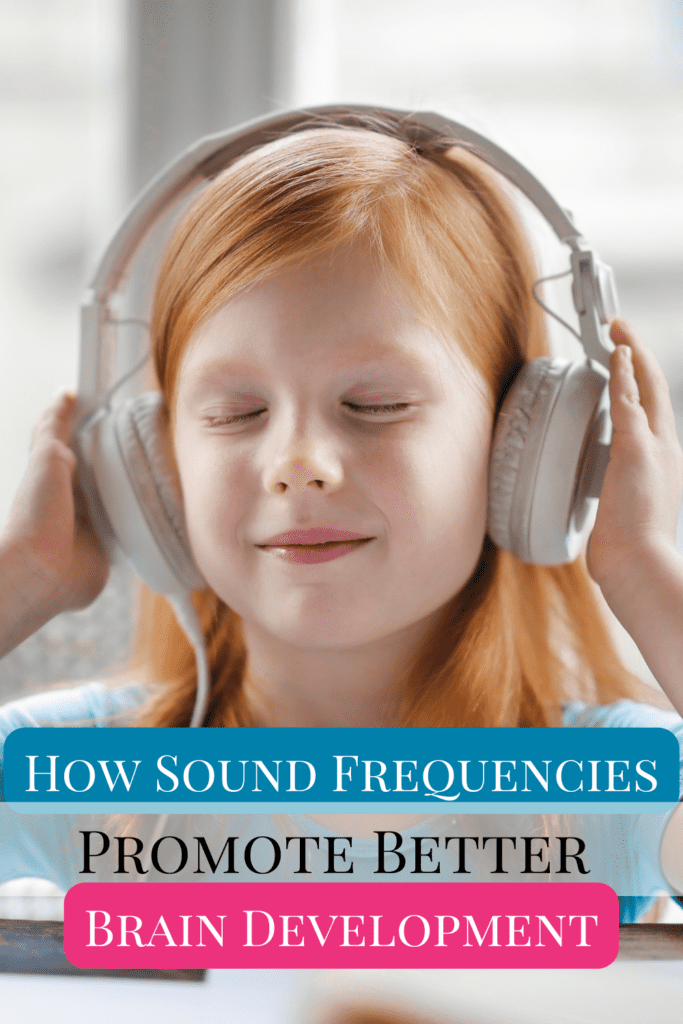“I swear it goes through one ear and out the other.”
I hear this all the time. And I’ll let you in on a unwelcomed revelation.
… it will continue to go through one ear and out the other until you do something different.
You see the whole problem is that we view the brain as a bucket – as i we just need to fill it with information or ‘strategies’.
But the brain is not a bucket – not even close.
The brain is much more like a tree. If you want your child to reach higher limits, new branches have to grow in the brain and that requires stimulation to the brain.
Too many of us equate better brains and intelligence with academic work. That’s knowledge not brain development and when kids are struggling with reading and learning and behaviour, it’s not lack of knowledge that is the problem – it’s weak connections and underdeveloped areas of the brain that are causing the fuss.
So what if you didn’t have to do homework battles every night? What if your child didn’t have to do tutoring, extra-practice and all that paperwork to get better at learning?
In many private schools as well as educational therapy clinics, listening therapies use sound frequencies to improve brain function.
Listening therapy combines both low and high frequencies to stimulate and charge different areas of the brain which produces growth in underdeveloped areas of the brain and better brain organization.
The area of the ear where high frequencies are processed have more of the tiny hairs called cilia compared to the area of the ear where the low frequencies are processed.
… (if you remember I talked before how many kids with learning and behaviour issues have damaged cilia because of ear infections or other assaults – but remember this can be healed.)
The increase in cilia in that region results in increased stimulation from high frequency sounds which also results in more stimulation and energy to the brain.
Low frequencies make us want to move, but also create pathways that promote a sense of calm and increase focus.
High frequency sounds charge the brain and increase brain energy which results in improved cognition and processing speed as well as better memory.
A brain that receives more stimulation develops more neurons, more pathways and has better organization. This means not only are the lower brain levels better developed but higher order skills improve such as learning, reading, memory, communication, speech, processing, memory as well as attention etc.
Listening or sound frequency therapy involves a strategic blend of high and low frequency sounds to help focus, promote calm and improve the brain’s ability to learn while also stimulating the brain with energy to improve learning ability and memory.
Listening therapies involve children wearing special headphones with filtered music and sound that stimulate the brain and nervous system. Different frequencies affect different regions of the brain.
Low sounds (1000Hz) affect lower brain levels like the vestibular and postural system which is the foundation of higher learning. If this is weak, optimal brain function is impossible.
Mid-range sounds (1000-4000Hz) are connected to speech and language. When kids are exposed to these frequencies improvements with speech disorders as well as dyslexia and dyspraxia occur.
High sounds (4000Hz and more) influence attention, discrimination and emotional regulation. This improves behaviour, emotional regulation and resilience.
A range of frequencies helps to develop all areas of the brain but the beauty of sound frequency therapy is that the frequencies that occur early in the program are the ones that target the lower brain levels which are first to develop.
Once that foundation is developed, then the frequencies alter to work its way up through the the middle to higher brain levels.
If you want to learn more about how you can help your child move beyond management approaches and snail paced progress, book a free Clarity Call.
Wishing you and your family Health & Wholeness,
Lorraine
